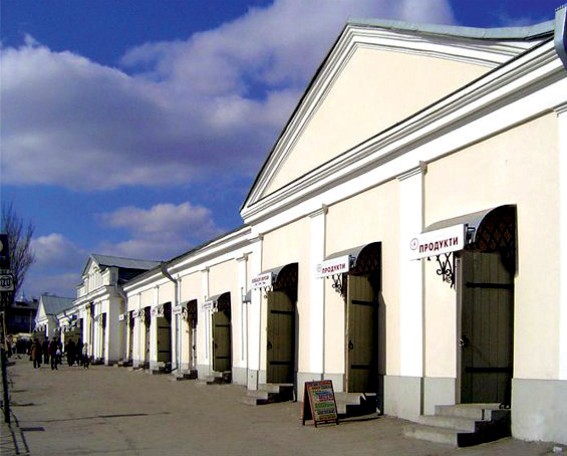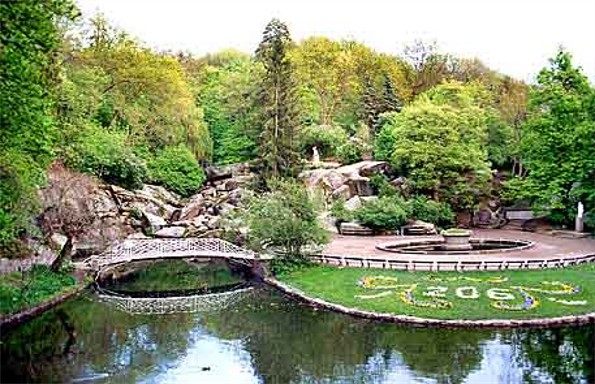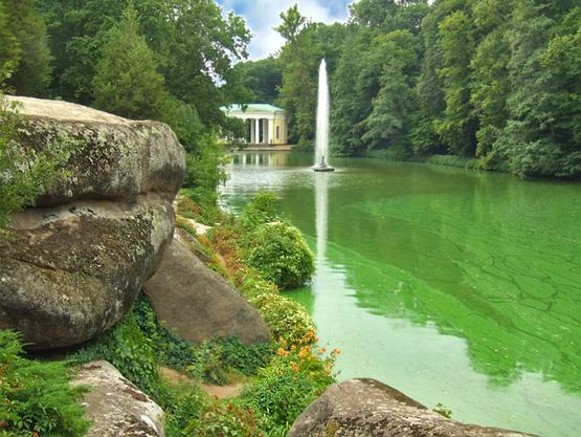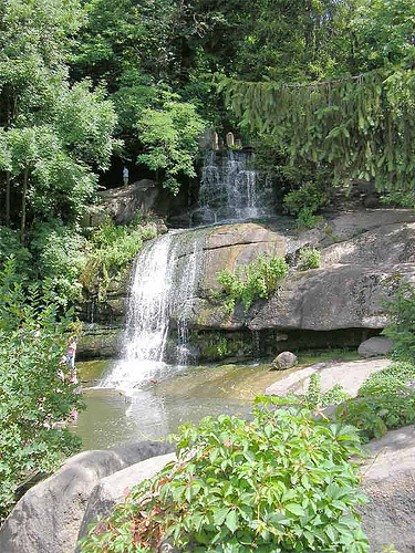Uman
Uman [Умань; Uman’] (aka Гумань; Human). Map: V-11. A city (2011 pop 87,424) on the Umanka River and a raion center in Cherkasy oblast. It was first mentioned in historical documents in 1616, when it was under Polish rule. In 1648 it was liberated from the Poles by Ivan Hanzha, a colonel of Bohdan Khmelnytsky, and became the administrative center of Uman regiment. After being returned to Poland in 1667, the town was abandoned by many residents, who moved to Left-Bank Ukraine. Under the ownership of the Potocki family of Polish magnates (1726–1832) the town grew in economic and cultural importance. A Basilian monastery and school were established. The Uman region was the site of the haidamaka uprisings in 1734, 1750, and 1768, when the town was captured by Maksym Zalizniak and Ivan Gonta and most of its Polish, Jewish, and Uniate residents were killed. After the partition of Poland in 1793, Uman was annexed by Russia, and in 1795 it became county center of Voznesensk gubernia, and in 1797 of Kyiv gubernia. At the beginning of the 19th century Uman became an important center of Hasidic Judaism and Rabbi Nakhman of Bratslav was buried there. At the end of the 19th century Uman was linked by railway to Kyiv and Odesa, and its manufacturing industries began to develop rapidly. Its population grew from 10,100 in 1860 to 29,900 in 1900 and over 50,000 in 1914. Today the city has optical and farm-machinery plants, a cannery, a brewery, a vitamin factory, a sewing factory, a footwear factory, and other industrial enterprises. Its highest educational institutions are the Uman National University of Horticulture and the Uman State Pedagogical University. The main architectural monuments are the catacombs of the old fortress, the Basilian monastery (1764), the city hall (1780–2), the Dormition Roman Catholic church in the Classicist style (1826), and 19th-century trading stalls. Uman has a rich regional studies museum (see Uman Regional Studies Museum) and is the home of the famous Sofiivka Park.
[This article was updated in 2011.]


.jpg)
.jpg)



.jpg)
.jpg)
.jpg)
.jpg)